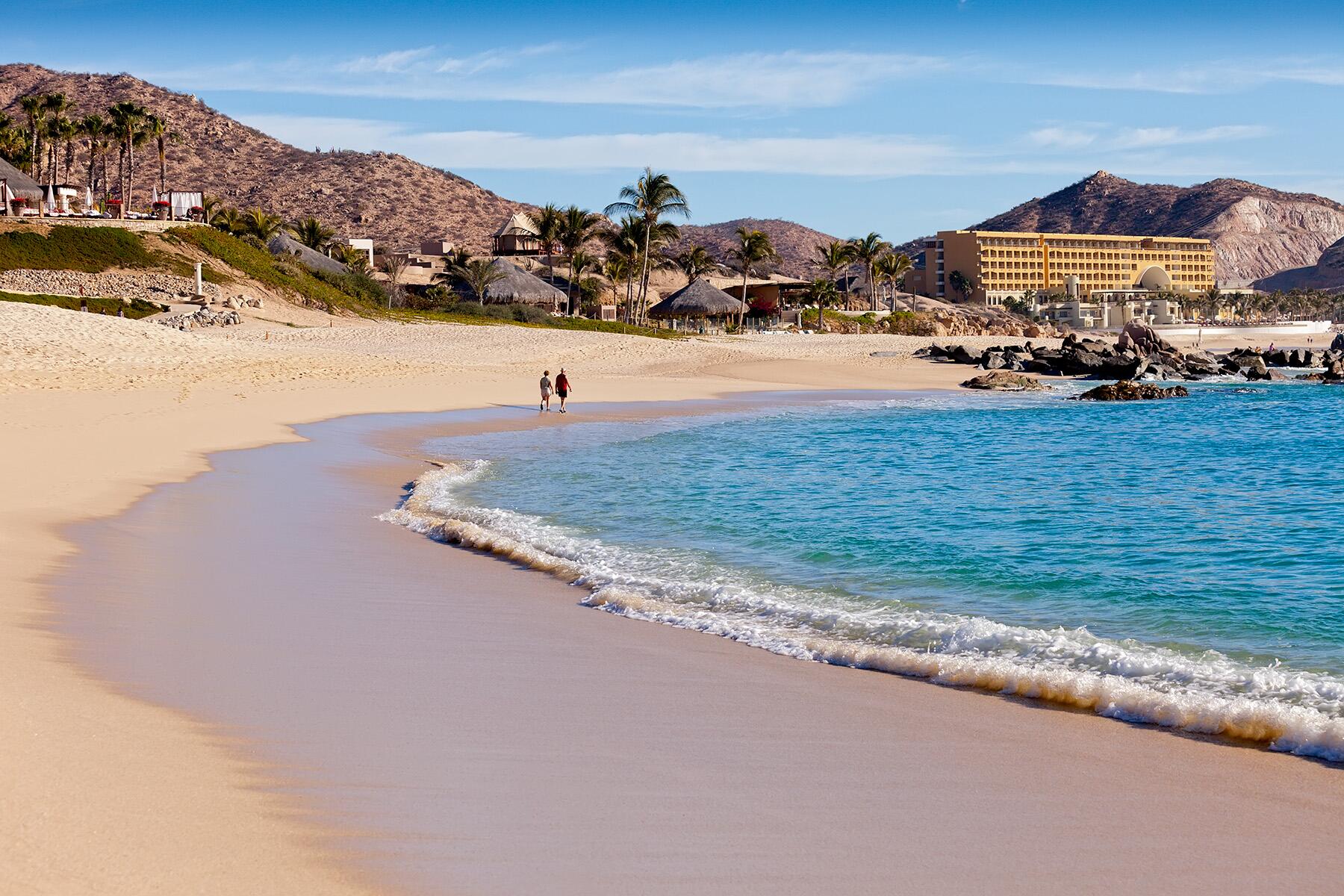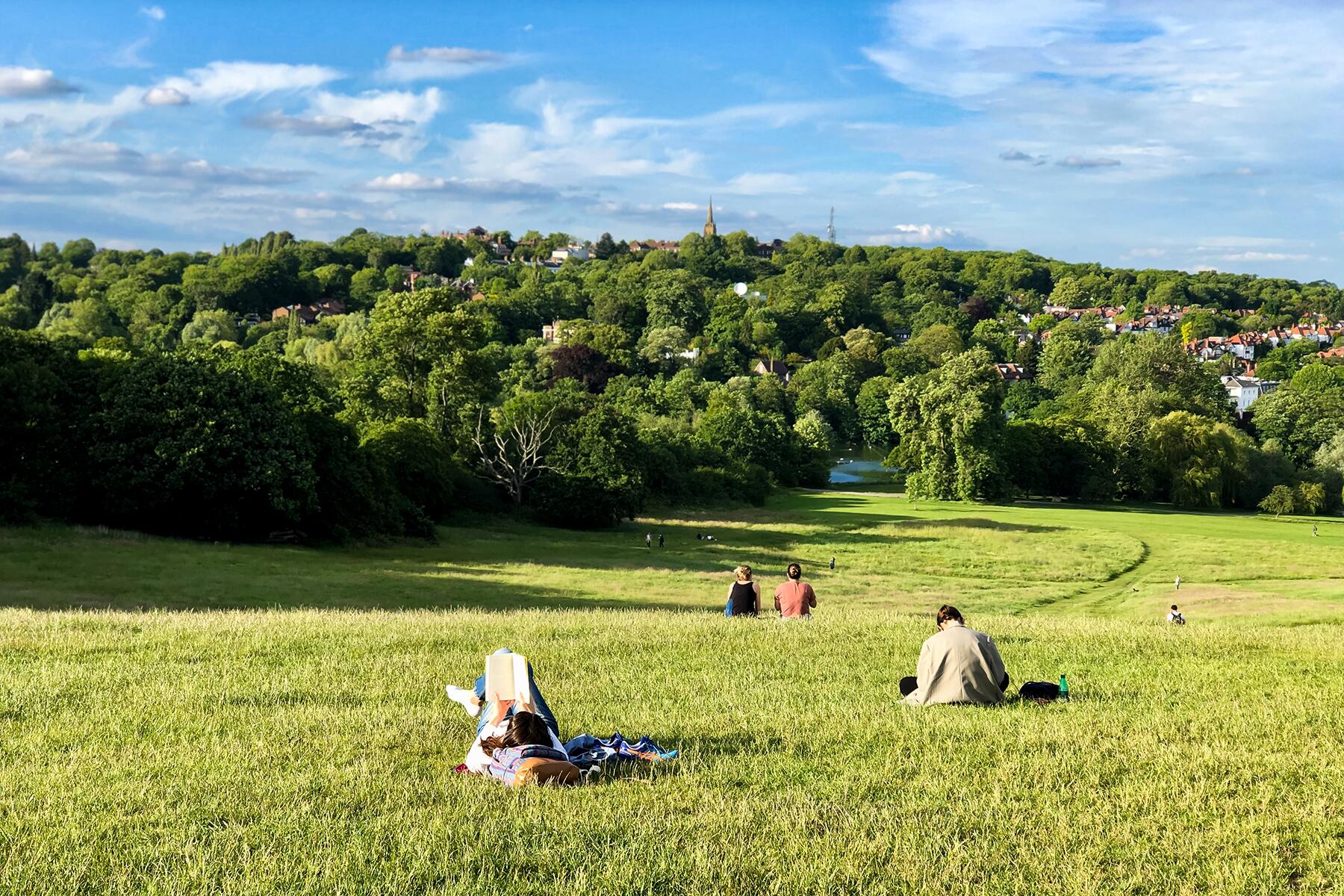Parks, beaches and open spaces are still technically safe, as long as you take a few precautions.
Around the world, countries from China to El Salvador to Spain have implemented unprecedented quarantine restrictions in response to COVID-19, closing down all but the most essential businesses and confining people to their homes. In the U.S. alone, 80 million Americans in five states are on lockdown with more likely to face similar restrictions in the weeks ahead.
But while the long list of closures is nearly impossible to comprehend, in most places, there’s one thing officials haven’t yet restricted: the great outdoors. With a few exceptions (looking at you, Florida beaches) city parks, open spaces, and beaches are still open to the public. But with so many stir-crazy people looking for an escape from home, is it really okay to visit parks right now?
Why Are Parks Still Open?
According to epidemiologists, there are a couple of big differences between indoor and outdoor spaces. The first is airflow. A recent study by the National Institute of Allergy and Infectious Diseases found that coronaviruses can survive in the air for up to three hours. But outdoors, where the airflow is good, the droplets are more likely to dissipate, making it harder for them to infect a new host.
Recommended Fodor’s Video
The second reason is space. It’s much easier to stick to the social distancing six-foot rule-of-thumb outside than it is indoors. Stay at least six feet from others at parks, beaches, and open spaces and you’ll be at low risk of contracting COVID-19.
Keeping the outdoors accessible to the public during the lockdown also has major impacts on both mental and physical health. Spending time in nature has been proven to combat depression, calm anxiety, increase generosity and empathy, and decrease negative thoughts. In addition to its physical benefits, exercise like walking, running, hiking or biking improves mental health, too. Studies suggest it may even help to strengthen the immune system.
Are All Parks Safe to Visit?
Not all parks and open spaces are created equal. There’s a big difference between New York’s Central Park which is shared by millions of people, and a neighborhood park in Sacramento, California. The more people concentrated in a single space, outdoors or not, the higher the risk of contamination.
It also depends what you’re planning to do at the park. Activities like walking, hiking, running, cycling, skating, and biking, where it’s easy to maintain a six-foot distance from other people, are considered safe and healthy, while any contact sport or social game (i.e., basketball, football, soccer) should be avoided. For solo-activities, open spaces with hiking and biking trails but without large green lawns may be a better option than city parks since visitors are likely to be farther apart. Passing through spaces where the virus may be lurking is safer than hanging out in them.
For now, many state and National Parks are also open, though visitors centers, campgrounds, and museums are closed. While this is an amazing opportunity to visit some of the most spectacular natural places in the country, some members of the National Park Service have expressed concerns about the large number of tourists rolling in during the coronavirus outbreak. If you hope to visit a National Park during the quarantine, stick to less popular areas and skip vista points where people tend to gather, jostling each other for the most Instagram-worthy shots.
What Precautions Should You Take at the Park?
Even though parks and other outdoor spaces are relatively safe to visit, it’s still important to take precautions to keep you and your family safe. Like any outdoor expedition these days, always be sure to wash your hands frequently for at least 20 seconds (or use hand sanitizer when washing with soap is not possible), don’t touch your face, and keep a safe six-foot distance from others.
While you’re out, keep your hands to yourself. Avoid playgrounds and public exercise equipment and definitely think twice before sitting on a public bench or at a picnic table—the coronavirus can live on plastic and stainless steel surfaces for up to two to three days. And if you show up to find a park packed with people, don’t stick around. Head to a different space or try visiting at a less crowded time of day, early in the morning or late in the evening.
For seniors and the immuno-compromised, it’s best to avoid parks and open spaces altogether. Luckily, just looking at scenes of nature in books, photos, or on the internet can help to decrease stress. Even better, try a virtual tour; the National Park Service has several including Florida’s Dry Tortugas National Park, New Mexico’s Carlsbad Caverns National Park and Wyoming’s Yellowstone National Park.



